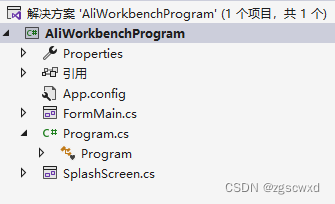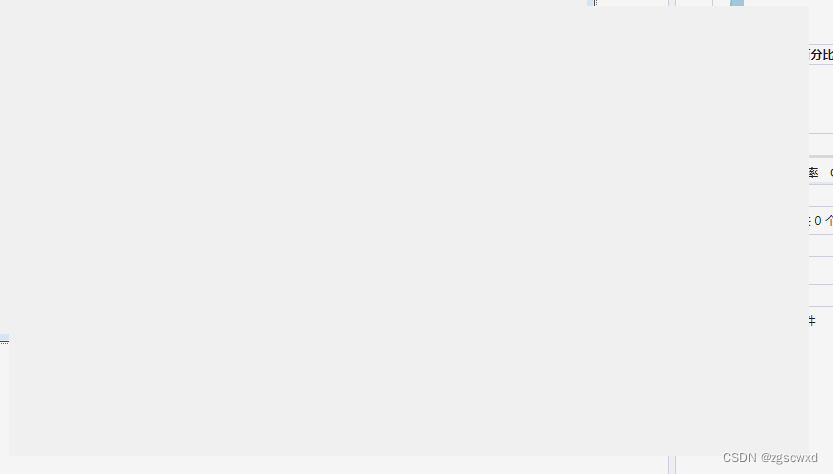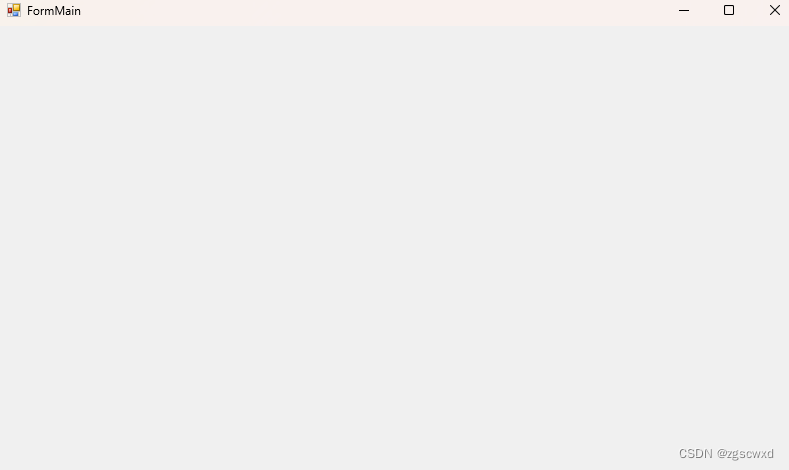【小白专用】c#制作简单启动画面 更新2024.1.1
VS2020创建一个C# Windows窗体应用程序,将主窗体改名为FormMain,再创建一个窗体起名为SplashScreen。向程序中加载一个图片作为启动画面,如下图

然后编辑SplashScreen.cs代码
using System;
using System.Collections.Generic;
using System.ComponentModel;
using System.Data;
using System.Drawing;
using System.Linq;
using System.Text;
using System.Threading.Tasks;
using System.Windows.Forms;
namespace AliWorkbenchProgram
{
/// <summary>
/// 启动画面
/// </summary>
public partial class SplashScreen : Form
{
/// <summary>
/// 启动画面本身
/// </summary>
static SplashScreen instance;
/// <summary>
/// 显示的图片
/// </summary>
Bitmap bitmap;
public static SplashScreen Instance
{
get
{
return instance;
}
set
{
instance = value;
}
}
public SplashScreen()
{
InitializeComponent();
// 设置窗体的类型
FormBorderStyle = FormBorderStyle.None;
StartPosition = FormStartPosition.CenterScreen;
ShowInTaskbar = false;
}
public static void ShowSplashScreen()
{
instance = new SplashScreen();
instance.Show();
}
}
}
然后在主程序启动时调用
using System;
using System.Collections.Generic;
using System.Linq;
using System.Threading.Tasks;
using System.Windows.Forms;
namespace AliWorkbenchProgram
{
internal static class Program
{
/// <summary>
/// 应用程序的主入口点。
/// </summary>
[STAThread]
static void Main()
{
Application.EnableVisualStyles();
Application.SetCompatibleTextRenderingDefault(false);
// 启动
SplashScreen.ShowSplashScreen();
// 进行自己的操作:加载组件,加载文件等等
// 示例代码为休眠一会
System.Threading.Thread.Sleep(3000);
// 关闭
if (SplashScreen.Instance != null)
{
SplashScreen.Instance.BeginInvoke(new MethodInvoker(SplashScreen.Instance.Dispose));
SplashScreen.Instance = null;
}
Application.Run(new FormMain());
}
}
}

